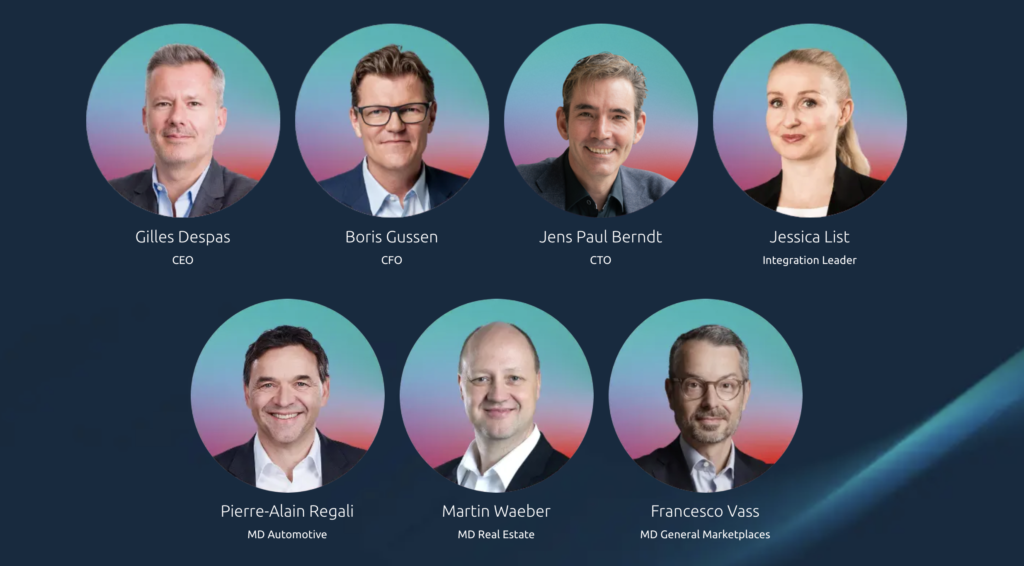A representative survey conducted by TX Group Market Research on behalf of AutoScout24 reveals how Generation Z (aged 18–29) views cars. Ownership over carsharing: although Gen Z is often considered sustainable, digital and urban, their relationship with cars is pragmatic – and distinctly emotional – differing notably from that of older generations.
Among the young adults surveyed in German-speaking Switzerland, 82 % reported that they drive themselves, a proportion that is almost in line with the overall population. When it comes to the type of vehicle, Generation Z is slightly more likely to choose petrol engines than older age groups (+4 %). Although electric and hybrid vehicles are still less widespread among Gen Z, they are seen as attractive options: nearly two-thirds of young respondents could imagine buying a fully electric car within the next few years. Approval for hybrid vehicles is even higher.
Notably, Generation Z is particularly price-conscious when it comes to car purchases. 45 % would prefer to buy a used car, while only 11 % would specifically seek out a new vehicle. Factors such as environmental friendliness or the brand’s country of origin play a lesser role in their decision-making compared to older generations. Instead, value for money, purchase price – and aesthetics – take centre stage: design, colour and style are increasingly important.
Fun and Status over Environmental Concerns
While two-thirds of Generation Z express an interest in environmental protection, this is lower than among older survey participants. At the same time, young adults show a strong affinity for technology and lifestyle trends. For 88 %, the car is a means to an end – enabling mobility and saving time. However, they also associate cars much more strongly with fun, prestige and independence than older generations. Statements such as „driving is fun” or „a car is a status symbol” receive significantly higher agreement among Gen Z. In terms of information gathering, the younger generation also sets its own priorities. While older people tend to turn to dealerships or garages for advice, Gen Z favours digital sources. Automotive portals, specialised blogs and social media platforms like TikTok and Instagram are used far more frequently. Only a quarter of young people still value personal consultations.
Yes to E-Cars – But Connected and Autonomous
Carsharing is seen by Gen Z more as a complement to car ownership rather than a true alternative. While many acknowledge it as an environmentally friendly option, they criticise the effort, costs and lack of flexibility involved. The idea that carsharing could offer greater freedom than owning a personal vehicle is largely rejected. Looking ahead, Gen Z is open to technological innovation: they are slightly more likely than older generations to view autonomous driving as a realistic scenario. At the same time, a larger proportion anticipates a shift towards public transport — although without giving up personal car ownership altogether.
Data Basis
The survey was conducted online by TX Group Market Research on behalf of AutoScout24 between 20 February and 6 March 2025, involving 1’111 participants from German-speaking Switzerland. The data were weighted to be representative. Within the Generation Z target group (born between 1996 and 2007), 260 individuals were included.

Saskia Iten
PR & Communications Manager
[email protected]

